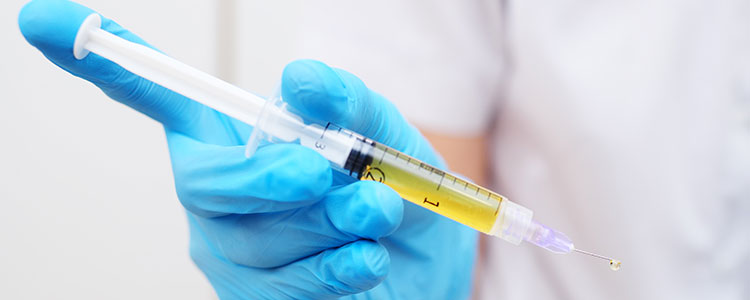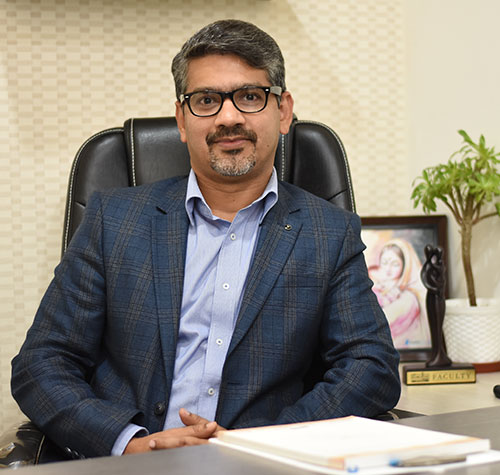Pyloric stenosis is an uncommon condition in infants that blocks food from entering the tiny intestine. Normally, a muscular valve (pylorus) between the stomach and little intestine holds food within the stomach until it's ready for subsequent stage within the digestive process. In stenosis, the pylorus muscles condense and become unusuallyhuge, hindering food from reaching the small intestine. Consult the paediatrician for pyloric stenosis surgery in Siliguriat the earliest.
When should you take your baby to the paediatrician?
- Projectile vomits post feeding
- Seems inactive or unusually irritable
- Lesser urination and fewer bowel movements
- Isn't gaining weight or is losing weight

Pyloric stenosis surgery in adult vs children
In rare cases, older children can get a pyloric obstruction — something blocking the passage through the pylorus. Usually, peptic ulceration may be a cause in older children. Or perhaps a toddler features a rare disorder like eosinophilic gastroenteritis, which inflames the stomach.
What is the pyloric stenosis surgery success rate?
In general, patients who receive pyloric stenosis surgery in Siligurihave a superb recovery and really few suffer any long-term problems as a result of the disease. After surgery, your baby could also be fed special fluids for one or two feedings then breast milk or formula within 24 hours. The recovery rate is typically quite 90% altogether cases.

What is the pyloric stenosis surgery recovery time?
The hospital stay following a pyloromyotomy is usually one or two days, and therefore the decision to discharge a patient is predicated on how well the kid is recovering: specifically, if the baby is in a position to drink breast milk or formula without vomiting and has pain which will be controlled by medications taken orally. It's normal for a baby to vomit small amounts during the primary day or two after surgery, but this could gradually improve. If your baby continues to vomit after you come back home, inform the paediatrician because this might indicate continued blockage that's preventing the stomach from emptying normally.
Pyloric surgical management of stenosis
A minimally invasive approach to pyloric stenosis surgery in Siliguri, called laparoscopy is usually the primary choice of surgery for stenosis. To perform laparoscopic surgery, the surgeon inserts a rigid tube (called a trocar) into the abdomen through a little incision (cut). The tube allows the surgeon to put a little camera into the abdomen and observe the structures within on an external monitor. The abdomen is inflated with carbon dioxide, which creates room to look at the contents of the abdomen and to perform the operation. Additional rigid tubes are placed through small incisions to insert small surgical instruments into the abdomen. These instruments are used alongside the camera to perform the operation. Tubes and instruments are removed when the operation is finished and therefore the incisions are closed with sutures (stitches) that are absorbed by the body over time.
Knowing the signs and symptoms of stenosis means you'll get help as soon as possible. Getting treatment early helps prevent problems like malnourishment and dehydration.


